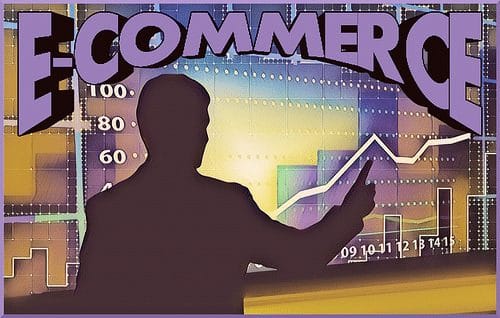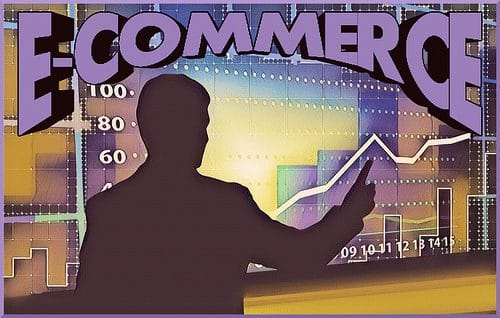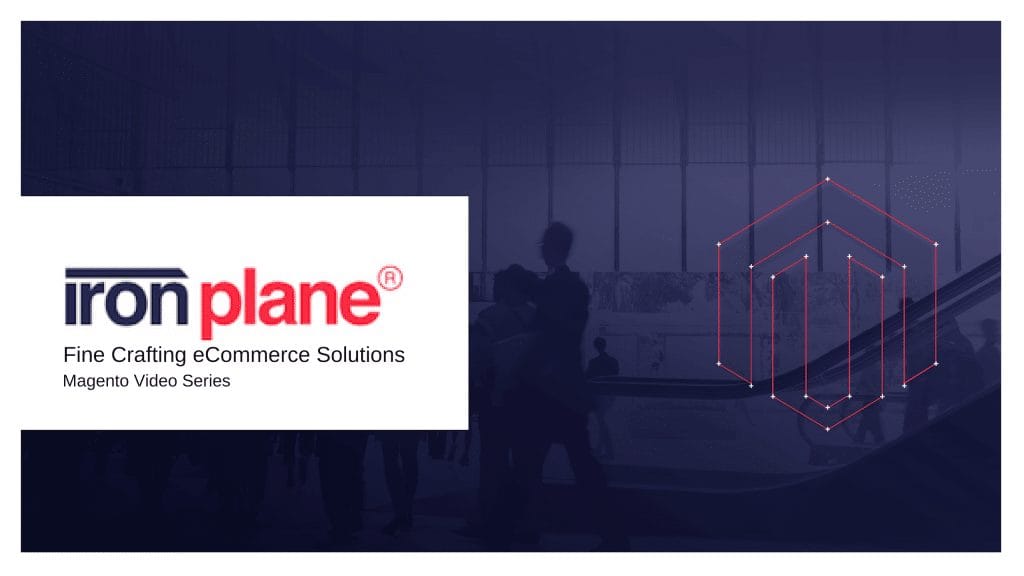What's in a Name?
In this article we will share with you why did we name our company "Iron Plane". Actually, it is a very nice story to read.

The eCommerce industry is booming. From brick-and-mortar mom-and-pop shops to full-blown retailers and wholesalers, everyone is taking their business online. Why? Because selling online gives you the chance to reach a global audience. Magento is a very flexible and versatile platform that streamlines and simplifies the setup and expansion of an online store. Indeed, it has been ranked as a leader in B2B commerce suites by Forrester and reported as a “best fit for mid-sized B2B companies that want an open, feature-rich solution that can be extended easily and inexpensively.”
However, Magento is not the right fit for every business. The ongoing costs of supporting and maintaining a Magento site need to be considered. It has a worldwide community of highly-skilled professionals fueling its clout.
Magento boasts an array of built-in features, including the following:
With Magento, there is substantial functionality included “off the shelf” and ready to use. From a security viewpoint, it’s one of the best platforms on which to build an online marketplace. Third-party integrations are readily available and make it simple to customize the site in any way you see fit.
At its fullest potential, Magento will allow you to create highly secure, rich, and seamless eCommerce experiences for your customers. It will also provide you with an in-depth perspective of their dynamic shopping behavior, so you can adjust your marketing strategy to increase brand awareness and customer satisfaction.

It is important to understand there are two editions: Magento Open Source (formerly known as the Magento Community Edition) and Magento Commerce (previously the Enterprise Edition).
The Open Source (Community) Edition is free, and therefore quite attractive to many businesses. However, it lacks key features that are not easily replaced by extensions. These include a drag and drop page builder, content staging, and a B2B suite of tools.
The Magento Commerce (Enterprise) Edition, comes with an annual license fee. However, this includes many robust features in addition to the ones mentioned above. We will typically work with a client to analyze whether these extra features will provide a direct operational savings. For example, with the ability to create nice looking landing pages without contacting your developer, you will save time and money. When Commerce Edition is the right fit, it makes excellent financial sense.
It should be noted that since Magento 2 has been released, you can no longer buy licenses for the Magento 1 Enterprise Edition. It is important to begin planning to re-platform from Magento 1 to Magento 2.
In the past, Magento’s Commerce (Enterprise) Edition was based on a per-server pricing model. Beginning with Magento 2, however, it is based on a revenue model. The price you will pay for the Magento license will be based strictly on your revenue and the tier it falls into. Being able to have as many servers as you like is an appealing aspect of the Magento 2 Commerce Edition; this is particularly advantageous for businesses that use AWS Elastic Load Balancing.
A Magento sales representative will review your current and planned online business and work with you to find the appropriate price level.
Once you have decided on Magento, the cost of ownership includes:
Whether you opt to use its free Open Source Edition and add features as you go, or choose the Commerce Edition, your investment in the Magento platform will ultimately pay off and foster the continual growth of your business, regardless of size.

In this article we will share with you why did we name our company "Iron Plane". Actually, it is a very nice story to read.

Whether you were ready to launch your company or are still in the early stages of learning how to start an eCommerce business, we can help you

Learn how to optimize revenue per visitor (RPV) for your eCommerce site. We will show you the exact way on this article.